My family and I went on vacation last week. Nothing major… a driving tour of the Upper Peninsula of Michigan and Duluth, Minnesota. A “greatest hits” tour, if you will. There were some things I’d rather forget (a constantly spreading crack in the windshield from a rock that hit it two hours into the first day of the trip; the daily kid freakout in the hotel because we weren’t at the pool yet; watching lots of Disney Channel), and other things I’ll always remember (jogging along the canal waterfront in Houghton at 6 AM; eating a sandwich of salmon, egg and radish on grilled lefse).
But the most enduring overall memory of the trip will probably be the collection of nearly 150 Instagram photos I took on my iPhone during the course of the trip. Instagram’s images may be low-resolution (612×612 pixels), but the endearing and quaint qualities its filters and effects lend, combined with the modern technologies that underly it (and allow for things like instant worldwide sharing, geolocation, and printing a poster of your photos), make it a transformative tool for turning cell phone photos into meaningful artifacts.
And, with that grandiose setup, here’s a sampling of some of the more interesting photos I took on the trip.
 I found what was quite obviously not a naturally-formed rock on the shore, and placed it on top of what was also quite obviously not a natural piece of driftwood.
I found what was quite obviously not a naturally-formed rock on the shore, and placed it on top of what was also quite obviously not a natural piece of driftwood.
 I doubt Roger Ebert was actually at McLain State Park, north of Hancock, Michigan. But someone by that name apparently was.
I doubt Roger Ebert was actually at McLain State Park, north of Hancock, Michigan. But someone by that name apparently was.
 Whoever wrote this must have been under the effect if they thought they could fit the entire phrase in that amount of space.
Whoever wrote this must have been under the effect if they thought they could fit the entire phrase in that amount of space.
 Retaining walls can be ugly. Someone in Houghton did their part to change that.
Retaining walls can be ugly. Someone in Houghton did their part to change that.
 Rosie throws a rock while Fletcher looks on.
Rosie throws a rock while Fletcher looks on.
 I had some fun experimenting with different arrangements of natural elements, and artificial photographic effects.
I had some fun experimenting with different arrangements of natural elements, and artificial photographic effects.
 I think this was a strawberry, growing wild on a rock near Lake Superior.
I think this was a strawberry, growing wild on a rock near Lake Superior.
 A stern warning from the monks of Society of St. John, in front of the Jampot.
A stern warning from the monks of Society of St. John, in front of the Jampot.
 This disturbing mural greets the inebriated patrons of the Ambassador Restaurant in Houghton, Michigan.
This disturbing mural greets the inebriated patrons of the Ambassador Restaurant in Houghton, Michigan.
 Rosie found a piece of bark on the beach near the mouth of the Presque Isle River in Porcupine Mountains Wilderness State Park.
Rosie found a piece of bark on the beach near the mouth of the Presque Isle River in Porcupine Mountains Wilderness State Park.
 I’m no botanist, but this is a cool looking flower.
I’m no botanist, but this is a cool looking flower.
 Not “You Are Here.” Just… “You.”
Not “You Are Here.” Just… “You.”
 I’ve always found artsy photos of derelict businesses appealing, so I had to try my hand at it.
I’ve always found artsy photos of derelict businesses appealing, so I had to try my hand at it.
 There’s nothing to see out there, but you can see it up close.
There’s nothing to see out there, but you can see it up close.
 I discovered what appears to be half a bowling ball amidst the rocks on the lakeshore north of downtown Duluth.
I discovered what appears to be half a bowling ball amidst the rocks on the lakeshore north of downtown Duluth.
 Amazingly, in all of the times I’ve visited Duluth in my life, I’ve never approached the lift bridge on foot. So I never saw details like this…
Amazingly, in all of the times I’ve visited Duluth in my life, I’ve never approached the lift bridge on foot. So I never saw details like this…
 …or this.
…or this.
 I like the composition of this photo, with Fletcher in the foreground symmetrically balanced against the lighthouse in the background.
I like the composition of this photo, with Fletcher in the foreground symmetrically balanced against the lighthouse in the background.
 Toy cars on I-35. OK, they’re not really toy cars, of course, but a clever bit of tilt-shift trickery.
Toy cars on I-35. OK, they’re not really toy cars, of course, but a clever bit of tilt-shift trickery.
 Another thing I’ve somehow managed never to experience before was Canal Park in the fog. Until now.
Another thing I’ve somehow managed never to experience before was Canal Park in the fog. Until now.
 Before writing this post, I tried to research the history of… this thing… sunken in the waters of the Duluth Lakefront just northwest of the canal. But it appears to have been purged from the city’s history. Kind of like… this.
Before writing this post, I tried to research the history of… this thing… sunken in the waters of the Duluth Lakefront just northwest of the canal. But it appears to have been purged from the city’s history. Kind of like… this.
Update (8/5/2011): A former coworker has identified this as the “Ice House”… it even has a Facebook page. Sadly, I still can’t find any more information about its history. How can there possibly not be any more information about this thing online? Is Duluth really so ashamed of it that all but its teenaged, diving residents deny its existence?
 There was a cool exhibit called “Masters of Disguise” at the Great Lakes Aquarium. Chameleons are awesome.
There was a cool exhibit called “Masters of Disguise” at the Great Lakes Aquarium. Chameleons are awesome.
 So are mantises that look like twigs.
So are mantises that look like twigs.
 While eating lunch at Takk for Maten in downtown Duluth, I couldn’t help noticing that this giant onion is totally gonna eat that guy!
While eating lunch at Takk for Maten in downtown Duluth, I couldn’t help noticing that this giant onion is totally gonna eat that guy!

 I may be a hardcore Apple fanatic now (and, well, for about the last 20 years), but back in the ’80s, I lived in the “IBM-compatible” world, as it was called back then, in the days before Microsoft Windows.
I may be a hardcore Apple fanatic now (and, well, for about the last 20 years), but back in the ’80s, I lived in the “IBM-compatible” world, as it was called back then, in the days before Microsoft Windows.

 I found what was quite obviously not a naturally-formed rock on the shore, and placed it on top of what was also quite obviously not a natural piece of driftwood.
I found what was quite obviously not a naturally-formed rock on the shore, and placed it on top of what was also quite obviously not a natural piece of driftwood. I doubt Roger Ebert was actually at McLain State Park, north of Hancock, Michigan. But someone by that name apparently was.
I doubt Roger Ebert was actually at McLain State Park, north of Hancock, Michigan. But someone by that name apparently was. Whoever wrote this must have been under the effect if they thought they could fit the entire phrase in that amount of space.
Whoever wrote this must have been under the effect if they thought they could fit the entire phrase in that amount of space. Retaining walls can be ugly. Someone in Houghton did their part to change that.
Retaining walls can be ugly. Someone in Houghton did their part to change that. Rosie throws a rock while Fletcher looks on.
Rosie throws a rock while Fletcher looks on. I had some fun experimenting with different arrangements of natural elements, and artificial photographic effects.
I had some fun experimenting with different arrangements of natural elements, and artificial photographic effects. I think this was a strawberry, growing wild on a rock near Lake Superior.
I think this was a strawberry, growing wild on a rock near Lake Superior. A stern warning from the monks of
A stern warning from the monks of  This disturbing mural greets the inebriated patrons of the Ambassador Restaurant in Houghton, Michigan.
This disturbing mural greets the inebriated patrons of the Ambassador Restaurant in Houghton, Michigan. Rosie found a piece of bark on the beach near the mouth of the Presque Isle River in Porcupine Mountains Wilderness State Park.
Rosie found a piece of bark on the beach near the mouth of the Presque Isle River in Porcupine Mountains Wilderness State Park. I’m no botanist, but this is a cool looking flower.
I’m no botanist, but this is a cool looking flower. Not “You Are Here.” Just… “You.”
Not “You Are Here.” Just… “You.” I’ve always found artsy photos of derelict businesses appealing, so I had to try my hand at it.
I’ve always found artsy photos of derelict businesses appealing, so I had to try my hand at it. There’s nothing to see out there, but you can see it up close.
There’s nothing to see out there, but you can see it up close. I discovered what appears to be half a bowling ball amidst the rocks on the lakeshore north of downtown Duluth.
I discovered what appears to be half a bowling ball amidst the rocks on the lakeshore north of downtown Duluth. Amazingly, in all of the times I’ve visited Duluth in my life, I’ve never approached the lift bridge on foot. So I never saw details like this…
Amazingly, in all of the times I’ve visited Duluth in my life, I’ve never approached the lift bridge on foot. So I never saw details like this… …or this.
…or this. I like the composition of this photo, with Fletcher in the foreground symmetrically balanced against the lighthouse in the background.
I like the composition of this photo, with Fletcher in the foreground symmetrically balanced against the lighthouse in the background. Toy cars on I-35. OK, they’re not really toy cars, of course, but a clever bit of tilt-shift trickery.
Toy cars on I-35. OK, they’re not really toy cars, of course, but a clever bit of tilt-shift trickery. Another thing I’ve somehow managed never to experience before was Canal Park in the fog. Until now.
Another thing I’ve somehow managed never to experience before was Canal Park in the fog. Until now. Before writing this post, I tried to research the history of… this thing… sunken in the waters of the Duluth Lakefront just northwest of the canal. But it appears to have been purged from the city’s history. Kind of like…
Before writing this post, I tried to research the history of… this thing… sunken in the waters of the Duluth Lakefront just northwest of the canal. But it appears to have been purged from the city’s history. Kind of like…  There was a cool exhibit called “Masters of Disguise” at the
There was a cool exhibit called “Masters of Disguise” at the  So are mantises that look like twigs.
So are mantises that look like twigs. While eating lunch at
While eating lunch at